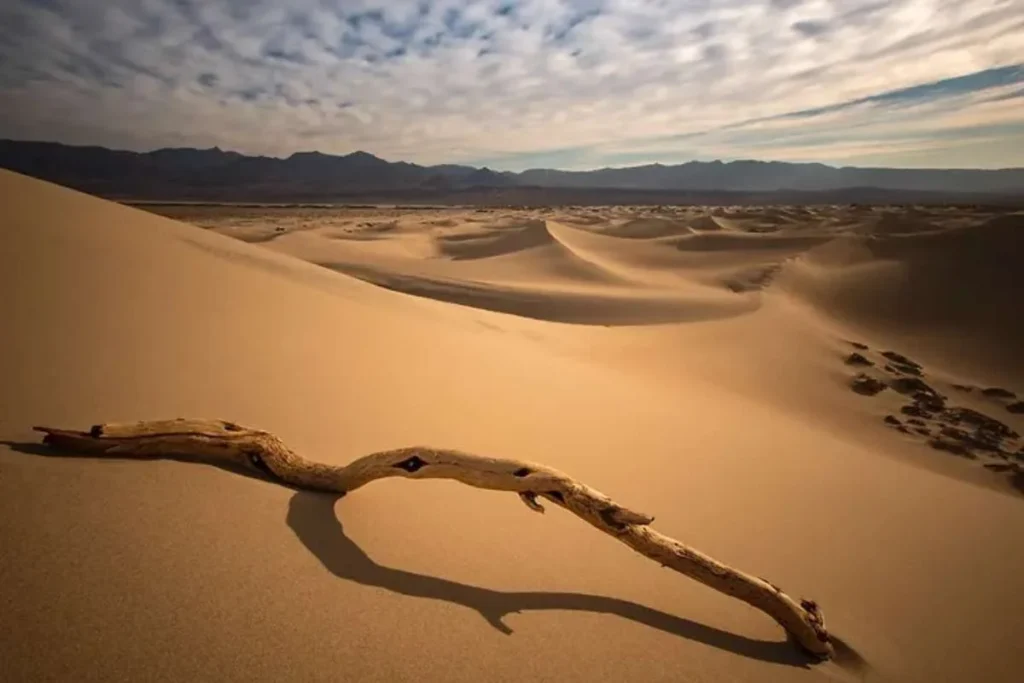Introduction
When most people think of deserts, endless sand dunes under scorching heat might come to mind. However, the largest desert in Asia, the Gobi Desert, offers a diverse and surprising landscape. Stretching across northern China and southern Mongolia, this vast desert is a blend of rocky terrain, sparse vegetation, and significant historical importance.
In this article, we’ll dive deep into the fascinating characteristics of the Gobi Desert, its unique wildlife, and its place in Asian history and culture.
Where is the Gobi Desert Located?
The Gobi Desert spans approximately 1,295,000 square kilometers (500,000 square miles) across:
- Northern China: Includes the Inner Mongolia region.
- Southern Mongolia: Covers vast swaths of the Mongolian Plateau.
What Makes the Gobi Desert Unique?
The Gobi Desert stands apart from the traditional image of deserts. Here’s why:
1. Terrain
Unlike sandy deserts, the Gobi is largely made up of:
- Gravel plains
- Rocky outcrops
- Sparse vegetation
2. Climate
The Gobi Desert experiences extreme weather:
- Summer temperatures: Can soar up to 45°C (113°F).
- Winter temperatures: Plummet to as low as -40°C (-40°F).
- Precipitation: Receives less than 194 mm (7.6 inches) of rain annually, classifying it as a cold desert.
3. Historical Significance
The Gobi was a vital part of the ancient Silk Road, connecting China with Europe and the Middle East. It also served as the backdrop for the rise of the Mongol Empire under Genghis Khan.

Wildlife in the Gobi Desert
Despite its harsh conditions, the Gobi Desert is home to diverse flora and fauna.
Iconic Animals of the Gobi:
- Bactrian Camels: Adapted to survive with minimal water.
- Snow Leopards: Found in the mountainous fringes.
- Gobi Bears: One of the rarest bear species in the world.
- Wild Asses and Gazelles: Thrive in the sparse vegetation.
Plant Life:
The desert supports drought-resistant shrubs like saxaul trees and saltwort.
How Does the Gobi Compare to Other Deserts in Asia?
Table: Comparison of Major Asian Deserts
| Desert | Size (sq km) | Key Feature | Countries |
|---|---|---|---|
| Gobi Desert | 1,295,000 | Cold desert with rocky terrain | China, Mongolia |
| Karakum Desert | 350,000 | Known for its shifting sand dunes | Turkmenistan |
| Thar Desert | 200,000 | Densely populated desert | India, Pakistan |
Cultural and Economic Importance of the Gobi Desert
1. Economic Resources
The Gobi Desert is rich in:
- Minerals: Gold, copper, and coal deposits.
- Natural Gas: Contributing to China’s energy reserves.
2. Nomadic Heritage
Mongolian nomads have adapted to this challenging environment, relying on livestock and traditional yurts.
3. Tourism
The Gobi attracts adventurous travelers with its:
- Flaming Cliffs: Known for dinosaur fossil discoveries.
- Singing Sand Dunes: Unique acoustic phenomena.
- Camel treks and cultural tours.
Challenges Facing the Gobi Desert
The Gobi faces environmental challenges such as:
- Desertification: Encroaching on arable lands in China and Mongolia.
- Climate Change: Intensifying temperature extremes and altering ecosystems.
FAQs
1. Why is the Gobi Desert called a cold desert?
The Gobi Desert experiences freezing winters and minimal precipitation, making it a cold desert.
2. What countries is the Gobi Desert in?
The Gobi spans northern China and southern Mongolia.
3. What is the largest desert in Asia?
The Gobi Desert is the largest desert in Asia, covering over 1.2 million square kilometers.
4. Can you visit the Gobi Desert?
Yes! Guided tours offer experiences like camel treks, fossil explorations, and nomadic culture immersions.
Conclusion
The Gobi Desert, Asia’s largest and one of the most unique deserts in the world, is a place of contrasts. From its cold winters to its rich history and resilient wildlife, the Gobi captivates travelers and researchers alike. Whether you’re exploring its cultural significance or marveling at its rugged beauty, the Gobi Desert stands as a testament to nature’s resilience and diversity.
External Link:
For more insights, visit the New York Times Travel Section.
For More Blog Visit: TourTripGuide



